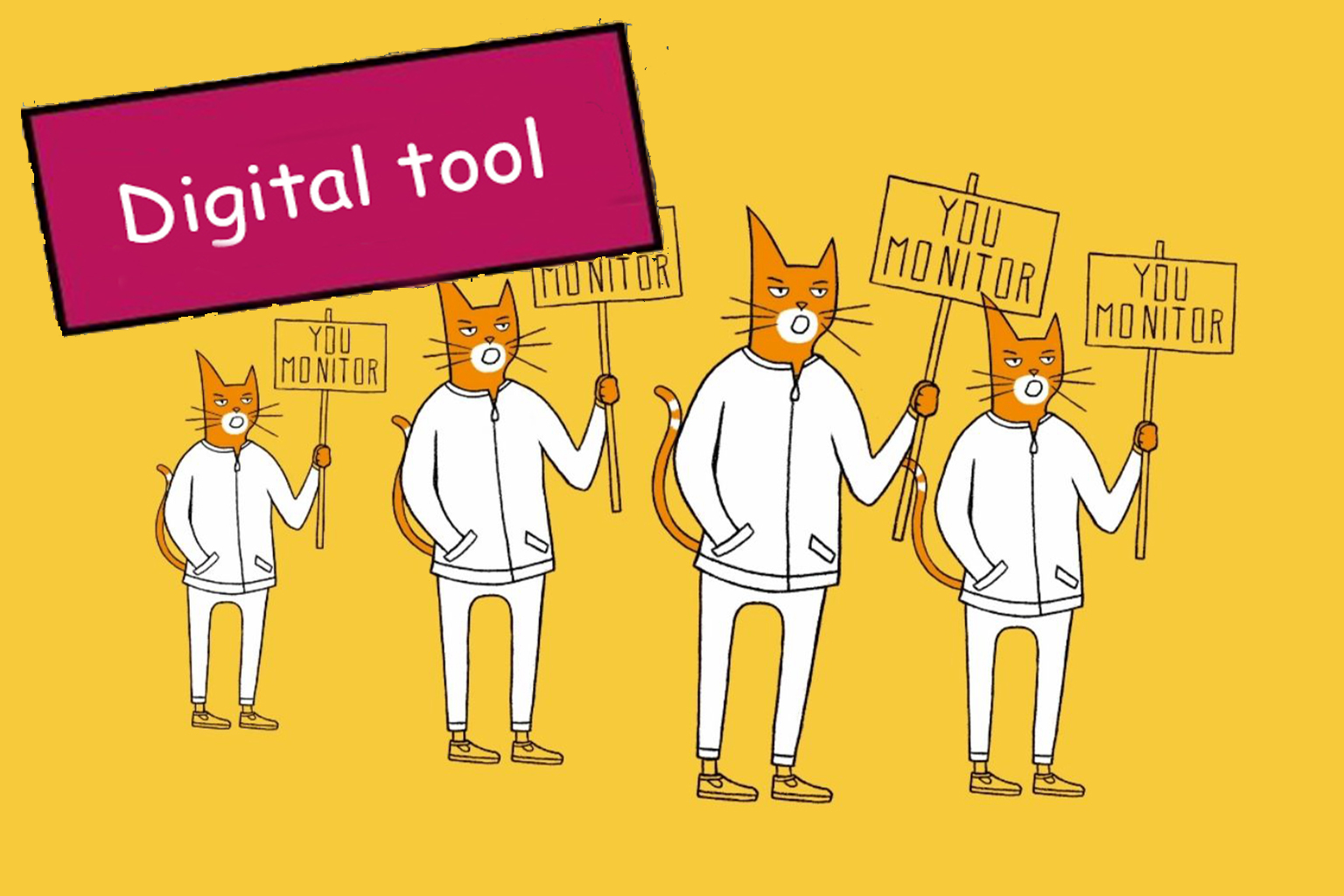home / Monitoring the Common Good / Turn data into civic information: write a monitoring report
Step 6
Turn data into civic information: write a monitoring report
Understand
Once your group has their dataset, it is time to focus on the relevance and completeness of the data compared to their original questions and curiosities. What data has your group found? Have you encountered any difficulties looking for them? Has there been a public and political debate around the topic? Guide them to systematise the data, compare and combine public and civic data, and highlight the most interesting results that they found.
Once all the material has been collected, the group needs to make it usable and understandable by, for example, improving the display of the information, using graphs, schematics, and summary records, that is, writing a monitoring report. This is a report in which you transform the data gathered into further and more detailed questions about the issue you are investigating. The function of this report is to communicate with a potential external audience, but also to take stock of the journey made with the group so far. Let the data ‘speak’ and focus on what is missing.
Experience
To write a monitoring report, all data should be systematised, compared, and combined. Context analysis may be conducted, for example by browsing the net and local media to check speeches, interviews or statements that discuss the topic of interest. You can also describe all aspects of the monitoring process, e.g. why and how you have conducted your monitoring action, the data that was found, and the data that was asked for/created.
The results may be disseminated across social and local media as a means of sparking debate. In this way, members of the local community can be consulted in order to get their say and listen to suggestions or any further questions.

